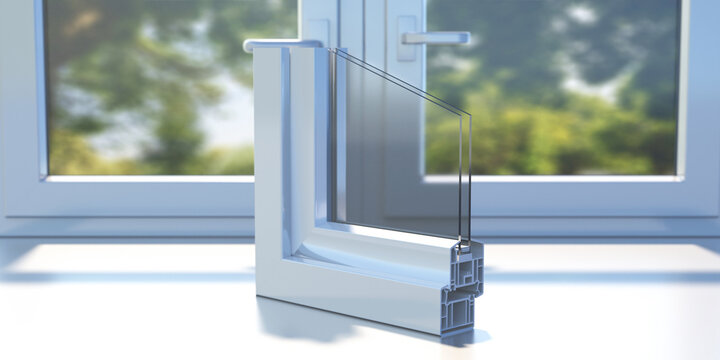As your family grows or your needs evolve, your living space might require an upgrade. Home additions offer a fantastic way to expand your functional square footage and create a space tailored to your specific desires.
But why stop at simply adding square footage? By incorporating custom smart home design during the planning stages of your home addition, you can transform your new space into a seamless extension of your existing smart home, enhancing comfort, convenience, and energy efficiency.
Let’s get started!
Top Tips for Seamless Integration of Smart Home Features in Home Additions
Here are some top tips to ensure a smooth integration of smart home features in your new home addition:
- Defining Needs and Priorities
The first step is to envision how you’ll utilize your new space. Are you adding a dedicated home theater room? A sunroom for relaxation? Identifying your primary use case allows you to prioritize the smart features that will enhance the functionality and enjoyment of your new addition.
Consider features like smart lighting that adjusts to different moods and activities, smart thermostats for personalized temperature control, or even motorized blinds that automatically open and close based on sunlight levels. Think beyond basic automation – explore features that elevate your comfort and create a truly personalized smart environment.
- Collaborating with a Custom Smart Home Designer
While some smart home features might be DIY-friendly, for a complex home addition integrated with custom smart home design , consult a professional smart home designer. These specialists possess the expertise to translate your vision into a cohesive and functional smart system.
They can assess your existing smart home setup, recommend compatible devices for your new space, and design a system that seamlessly integrates with your overall smart ecosystem.
- Scalability and Flexibility in Smart Home Design
When designing your custom smart home features , consider future scalability and flexibility. Your needs might evolve over time, so choose a system that can easily accommodate additional smart devices or adapt to changing preferences.
Opt for a modular system that allows you to add components as needed, like smart plugs for controlling appliances in your new space or smart speakers for voice-activated control. Future-proofing your smart home design ensures your new addition remains a comfortable and convenient haven for years to come.
- Building the Infrastructure for a Smart Home
A seamless smart home experience hinges on a robust underlying infrastructure. During the construction phase of your home addition, discuss your smart home plans with your contractor. Ensure adequate power outlets are strategically placed to accommodate smart devices.
Plan for dedicated wiring, if necessary, for features like smart lighting systems or built-in smart speakers. Strong and reliable Wi-Fi coverage throughout your new space is crucial for optimal performance of your smart home devices. Discuss options for Wi-Fi extenders or mesh networks to eliminate any potential dead zones.










